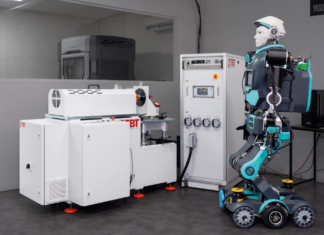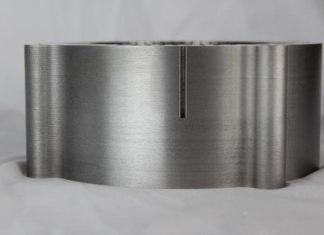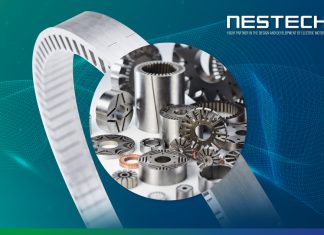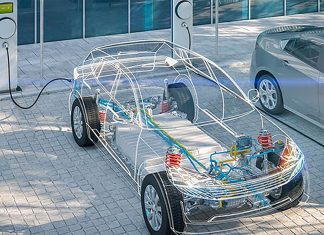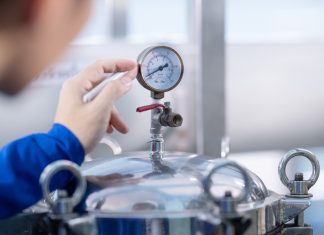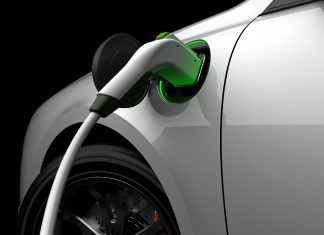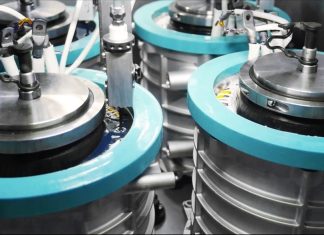Design and manufacturing of custom-made electric motor test benches
TBT provide innovative and completely personalized solutions for electric motors testing dedicated both to new products development and upgrades of existing benches.
The company is able to test from few watts up to MWatt with...
Worthington Steel subsidiary Tempel announces new technology for motor core lamination bonding
Worthington Steel, Inc. announced today that its Tempel Steel subsidiary has developed Full Surface Bonding (FSB™), a process for bonding electrical steel laminations which, when stacked together, form a motor core. The...
NESTECH | Rapid and custom prototyping of electric motor components
NESTECH supports engineers and producers in the manufacturing of single laminations, complete custom laminated stator and rotor cores, ready for physical testing and validation in short timeframes. Thanks to its rapid prototyping...
Charge Ahead: Designing V2G systems to transform EVs into grid-enhancing powerhouses
EV sales and renewable energy production are rising globally. In the US, 5.8 million light-duty EVs were added by 2023, prompting the US Department of Energy to project a 20–50% increase in...
Your partner in the manufacturing of non-standard laminations laser cut
NESTECH is your partner in the manufacturing of non-standard laminations laser cut or stator and rotor complete core stacks for electric motors and generators. Laminations are cut with a last generation laser fiber...
Your partner in the manufacturing of non-standard laminations laser cut
NESTECH is your partner in the manufacturing of non-standard laminations laser cut or stator and rotor complete core stacks for electric motors and generators.
Laminations are cut with a last...
Harnessing AI for Anomaly Detection in Automotive Manufacturing
The automotive manufacturing sector often grapples with the dual challenge of maintaining high product quality while controlling operating expenses. AI-based anomaly detection is emerging as a strategic solution to this issue. By...
Transforming Industrial Processes with AI-Based Anomaly Detection
Industrial processes require precision, and anomalies in sensor data often signal issues like faulty components. AI-based anomaly detection aids engineers in early problem identification, enhancing maintenance and efficiency. With 86% of manufacturing...
Using Modeling and Simulation to Design Safe Battery Management Systems for Electric Vehicles
Safety is crucial for electric vehicles (EVs) due to the high energy density of lithium-ion batteries, which can pose risks if operating conditions deviate. A Battery Management System (BMS) is essential to...
Webinar: unlocking the potential of resin potting for electric motors
Unlock the future of electric motor innovation: Demak potting solutions for high performances
As the automotive industry accelerates its transition towards electrification, the demand for reliable, efficient, and sustainable electric motors...

